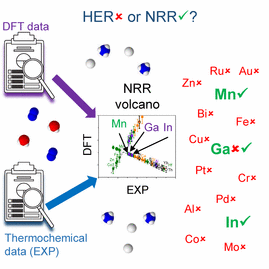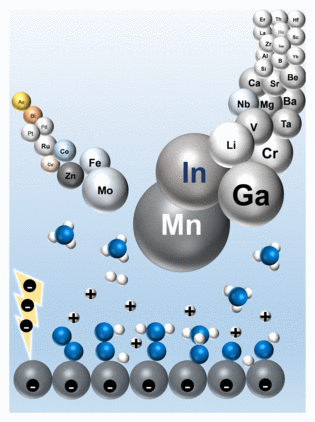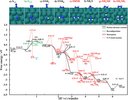18.11.2020
Our new theoretical work on the catalysts for the nitrogen reduction reaction got recently accepted!
www.cell.com/iscience/fulltext/S2589-0042(20)31000-2

This work has been performed in a collaboration with Professor Egill Skulason from University of Iceland. Egill is a great theoretician and it was a pleasure to join forces with him. I hope many more good articles will come out of this fruitful collaboration.
Summary:
We identified three metal catalysts that have a great potential to selectively catalyze the nitrogen reduction reaction (NRR) in aqueous media. We also realized that many other metal catalysts are much more selective for hydrogen evolution reaction (HER). They cannot selectively reduce nitrogen in aqueous media (evolve ammonia), although this has been reported in the literature for many of them. At this point it is known the field is plagued with false positives. Our work can help identify many more of the false positives.

28.10.2020
We have just received a grant from Danmarks Frie Forskningsfond for a new project on ammonia synthesis. The project aims to develop an electrochemical process which might synthesize ammonia at an energy consumption similar to or better than the conventional Haber-Bosch process. The project is in collaboration with professor Thomas F. Jaramillo. A PhD student will spend 3-6 months in Jaramillo's lab.
15.04.2020
Our group members have now a possibility of doing research stays abroad at SUNCAT- Center for Interface Science and Catalysis at Stanford. Formal agreement has been reached with professor Thomas F. Jaramillo, the director of SUNCAT centre and senior researcher Frank Abild-Pedersen, co-director, who will support our projects on electrochemical synthesis of ammonia by accepting our members.

30.03.2020
A small collaborative project has been started with professor Egill Skúlason, from University of Iceland, where DFT calculations will be performed on posttransition metals. This includes the thermochemical adsorption energies of intermediate species along the reaction path from N2 to NH3. Both the dissociative and the associative pathways will be computed .